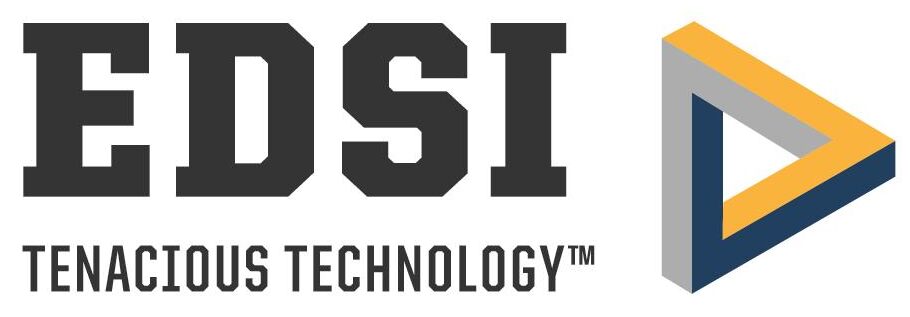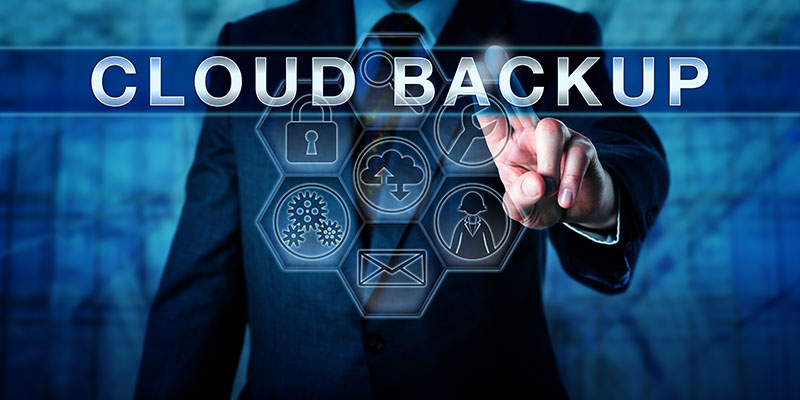Data is one of your business’ most valuable assets. And, like any asset, you want to make sure you’re protecting it. Whether you’re backing up your data physical or virtual machines (VM), do you know whether that data is recoverable in the event of an emergency?
It helps to understand the differences among data backup, data replication and disaster recovery (DR). These terms are often used interchangeably, which can lead to great confusion! Whether you are a business owner or IT director, it’s important to know the differences so you are utilizing the right approach to minimize downtime and get your system back up and running should a disaster occur.
Data Backup
Backing up your data simply means you are making periodic copies of your files according to your organization’s specific needs. The method can range from physical tapes to virtual tapes kept offsite. Typically, organizations prioritize the most important data to back up based on their value or industry compliance needs. Increasingly, businesses are relying on the cloud to manage ever-increasing volume of data. However, data backup does not mean you have a disaster recovery plan in place.
Data Replication
With replication, you are copying and moving data to another location. The cost of replication depends on data volume, so the most company-critical applications, data and processes are replicated to get an organization running again following a disaster according to the business’ recovery time objectives (RTO). DR goes a long way in increasing the availability of modern data centers by creating off-site replicas of VMs. Replicating VMs, however, is just part of the full DR plan—both end users and service providers need a solution that has a complete set of features and capabilities that go beyond replication. In other words, data replication is an important component of DR, but it doesn’t encompass the entire DR plan.
Disaster Recovery
A full DR plan relies on replication, but it also includes a more comprehensive plan. For example, healthcare compliance regulations require that a full business continuity plan is in place should a disaster occur. Think of DR as a strategy while replication is a process that is part of that strategy.
Through replication, disaster recovery solutions can reduce downtime from hours to minutes to meet strict RTOs and allow businesses to keep their critical applications running. A DR plan is a kind of insurance that guarantees the recovery of your data—think of it as mirroring your primary environment to a separate production environment that is capable of ensuring your business continuity with all aspects of your current environment, including software, connectivity and security. Virtualization made replication services easily accessible, configurable and usable.
Disaster Recovery as a Service (DRaaS)
For a long time, business owners considered DR to be cost-prohibitive because it required major capital investments in hardware and software as well as the need to build and maintain a secondary site. The good news is that things have changed. Given the flexibility of virtualization and the ease of cloud technologies, there is no longer a need for “DIY DR”—now there is disaster recovery as a service (DRaaS), a perfect matchup between cloud-based technology and a solid DR solution.
How does DRaaS work? Put simply, by renting resources from a service provider, like EDSI, on a pay-as-you-go model, end users have the security of knowing they can achieve the same final result as the traditional second site by having CPU, ram, storage and networking resources available for failover operations without prohibitive capital costs and the burden of managing the DR site. As a service provider, EDSI can help you keep costs down and increase efficiencies.
DRaaS Solutions Through Veeam Cloud Connect
EDSI makes DRaaS possible through Veeam Cloud Connect. Our Veeam Extreme solution eliminates the need for a second DR site because it makes it easy for businesses to extend their backup infrastructure to the cloud using DRaaS solutions.
If a disaster occurs, your backup is backed up through Cloud Connect. For companies already utilizing Veeam backup services, this solution offers a simple solution to send data offsite easily and in a secure manner with the best that DRaaS has to offer, including:
- Fast, flexible failover of specific VMs or an entire site
- Streamlined failback with zero data loss and minimal disruption to users
- Recovery assurance, including support for replica and failover testing and alternating production between sites
- Seamless integration with Veeam user interfaces, workflows and data collection
To learn more about Veeam backup and recovery solutions from EDSI, contact us today.


